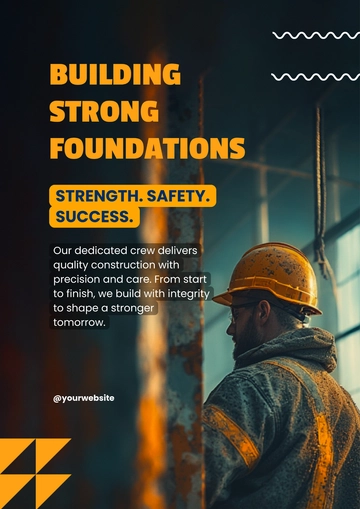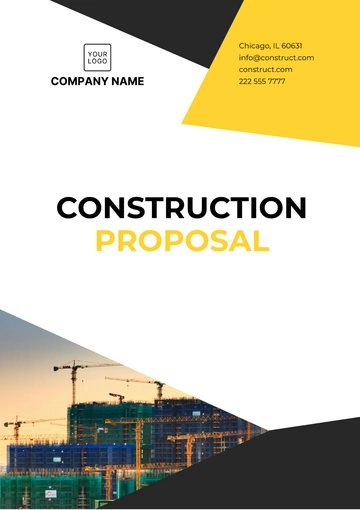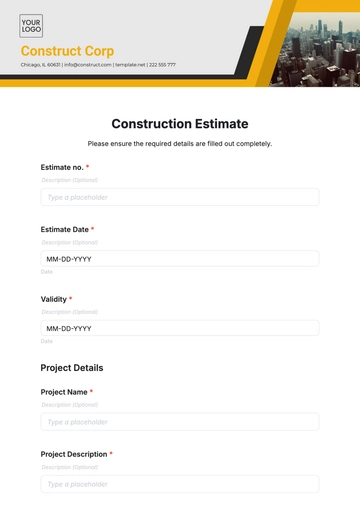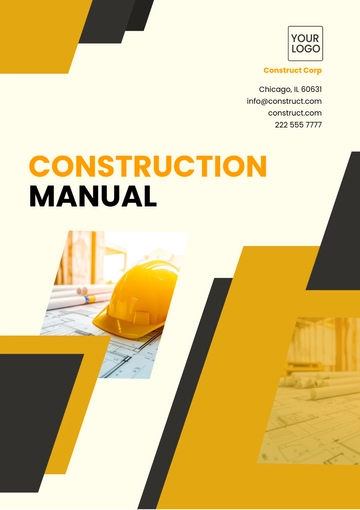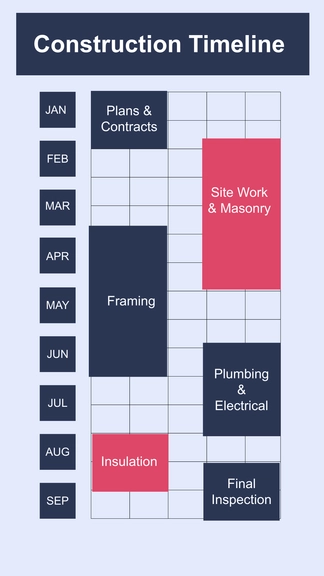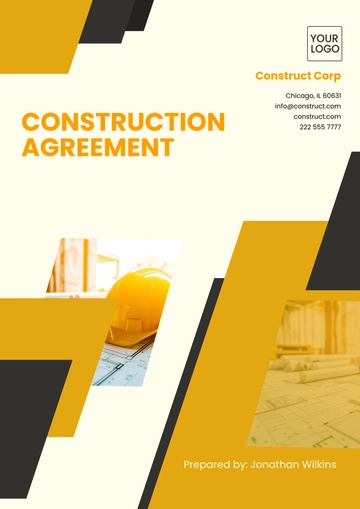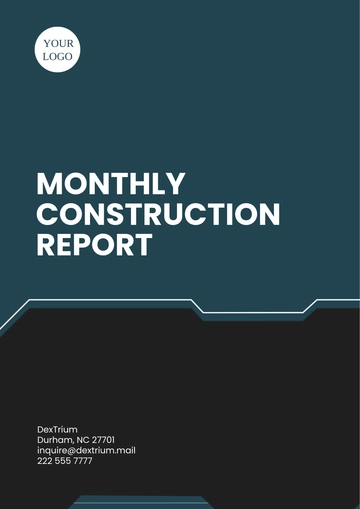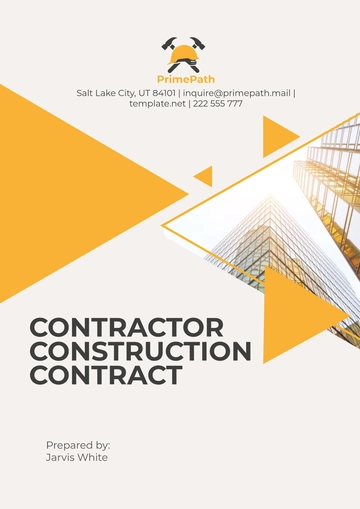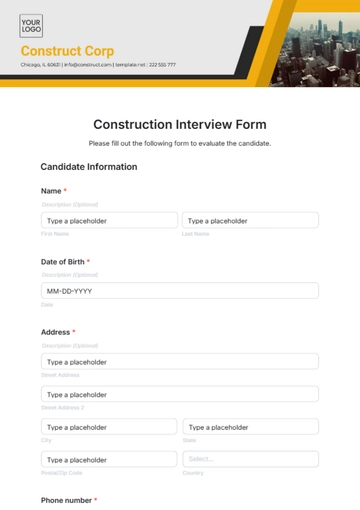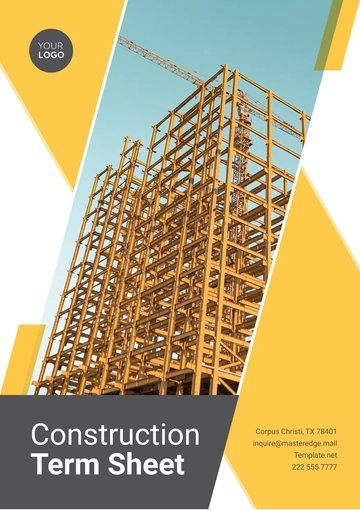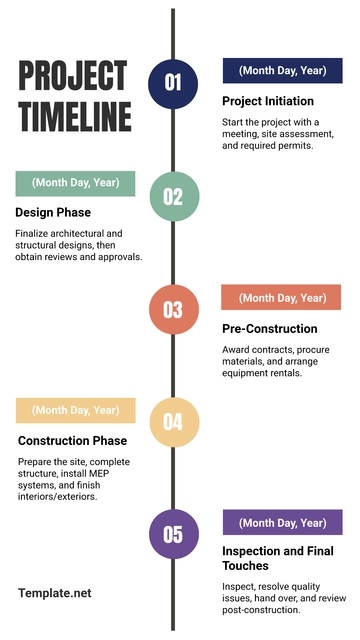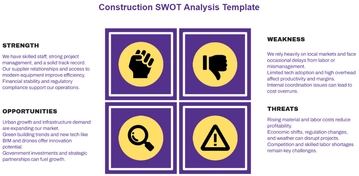Free Construction Case Study
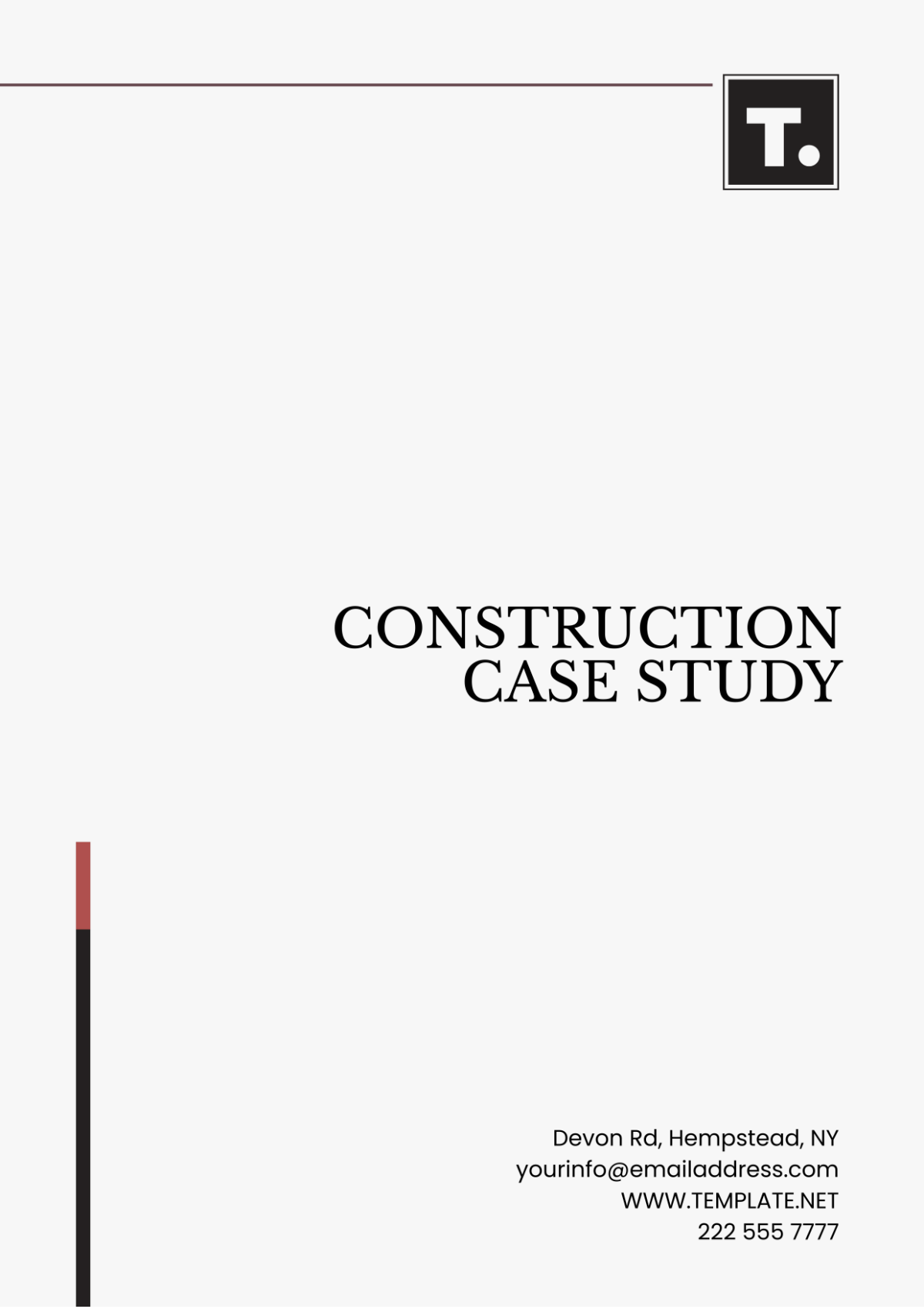
Prepared by: [Your Name]
I. Introduction
This case study offers a comprehensive examination of a significant construction project managed by [Your Name] from [Your Company Name]. It walks through the stages of the project from conception to completion, highlighting the challenges encountered, the solutions implemented, and the key outcomes achieved.
II. Project Overview
Project Name: Greenfield Heights Residential Complex
Client: Liam Johnson
Location: Maplewood, CA
Project Duration: 18 months
Project Scope: Construction of a 10-building residential complex with 500 units, including amenities such as a clubhouse, swimming pool, and landscaped gardens.
III. Challenges Faced
Challenge 1: Severe Weather Delays
Impact: The outdoor construction activities were delayed due to heavy rains, and as a result, this led to setbacks in the timeline of the project.
Actions Taken: The project plan was revised for flexible scheduling and a versatile workflow. Indoor work was increased during rainy weather. Extra time was factored in for possible task delays.
Challenge 2: Supply Chain Disruptions
Impact: Global supply chain issues caused delays in material deliveries, affecting construction progress.
Actions Taken: Diversified suppliers, pre-orders for critical materials, and the establishment of local backup options were utilized as strategies to mitigate risks associated with the supply chain.
IV. Solutions Implemented
Solution 1: On-Site Weather Monitoring System
Benefits: The accuracy of weather forecasting has been improved, which enables us to proactively reschedule outdoor tasks based on the predicted weather conditions.
Implementation Process: Installed weather monitoring stations on-site, integrated with project scheduling software for real-time adjustments.
Solution 2: Material Inventory Management Software
Benefits: The process of inventory tracking has been streamlined, which has resulted in a significant reduction in stockouts and has also minimized the waste emanating from materials.
Implementation Process: Implemented a cloud-based inventory management system, trained staff, and integrated it with procurement workflows.
V. Key Milestones
The following key milestones were achieved during the project:
Milestone 1: Completion of Building A Structural Framing
Date Achieved: March 15, 2050
Significance: Completing this crucial phase ensured that the project was on track with the pre-established timeline.
Milestone 2: Clubhouse Grand Opening
Date Achieved: August 22, 2050
Significance: The project amenities were showcased prominently, boosting client satisfaction and attracting several potential buyers.
VI. Outcomes
The project culminated in several positive outcomes:
Project Successes:
Despite the initial delays, the project was completed on time within the revised schedule.
Positive feedback from clients and residents regarding construction quality and amenities.
Minimal rework is required, thanks to effective project management strategies.
VII. Lessons Learned
Lesson 1: Proactive Risk Mitigation
Description: For successful project completion, it's vital to identify and proactively address potential risks early, thus enabling efficient solutions and minimizing adverse effects.
Application: Future project planning should include risk analysis and contingency planning, such as assessing potential risks, creating robust response plans, and identifying backup strategies to ensure practical and flexible project management.
Lesson 2: Technology Integration for Efficiency
Description: Utilizing technological advancements and tools can significantly enhance task coordination, monitoring progress, and decision-making within a project.
Application: Investing in advanced project management tools and training employees on their use would improve workflow, communication, and project execution success.
Implementing these learnings in upcoming projects will further enhance the efficiency and effectiveness of future endeavors undertaken by [Your Company Name].
- 100% Customizable, free editor
- Access 1 Million+ Templates, photo’s & graphics
- Download or share as a template
- Click and replace photos, graphics, text, backgrounds
- Resize, crop, AI write & more
- Access advanced editor
Explore the ease of showcasing your construction projects with our editable Construction Case Study Template from Template.net. Tailor-made for construction pros, this customizable template is editable in our Ai Editor Tool, letting you effortlessly highlight achievements and expertise. Craft compelling narratives that captivate clients and stakeholders, showcasing your projects' success and your team's capabilities effectively.
You may also like
- Construction Bid Proposal
- Construction Business Card
- Construction Business Plan
- Construction Certificate
- Flyers Construction
- Construction ID Card
- Construction Letter
- Construction Letterhead
- Construction Poster
- Construction Presentation
- Construction Profile
- Construction Checklist
- Construction Quotation
- Construction Receipt
- Construction Report
- Construction Sign
- Construction Plan
- Construction Logo
- Construction Agreement
- Construction Form
- Construction Brochure
- Construction Contract
- Construction Proposal
- Construction Sheet
- Construction Budget
- Construction Schedule
- Construction Meeting Minute
- Construction Banner
- Construction Estimate
- Construction Policy
- Construction Invoice
- Construction Request for Quotation (RFQ)


